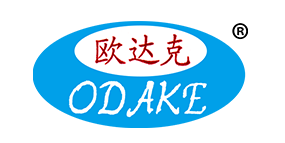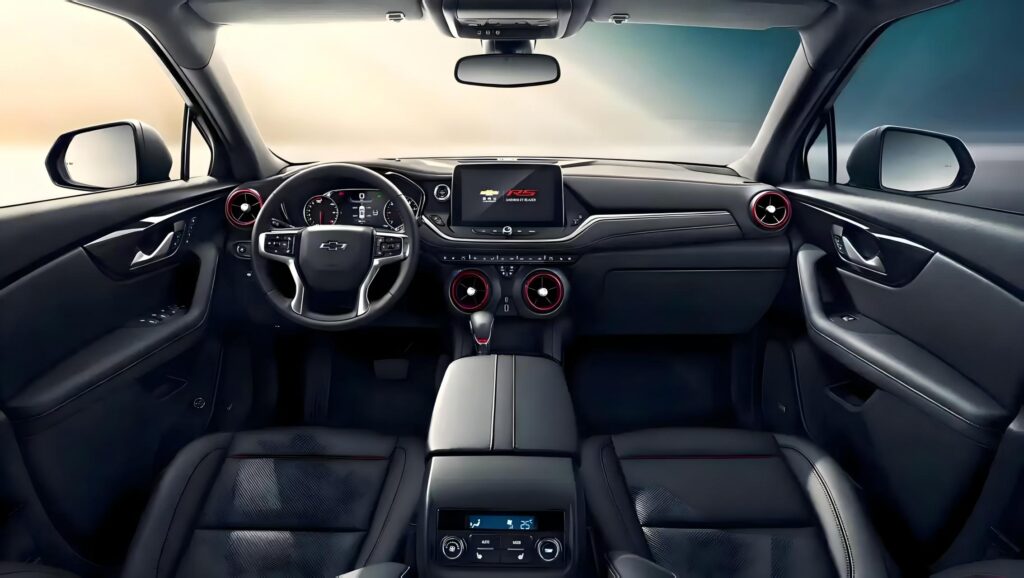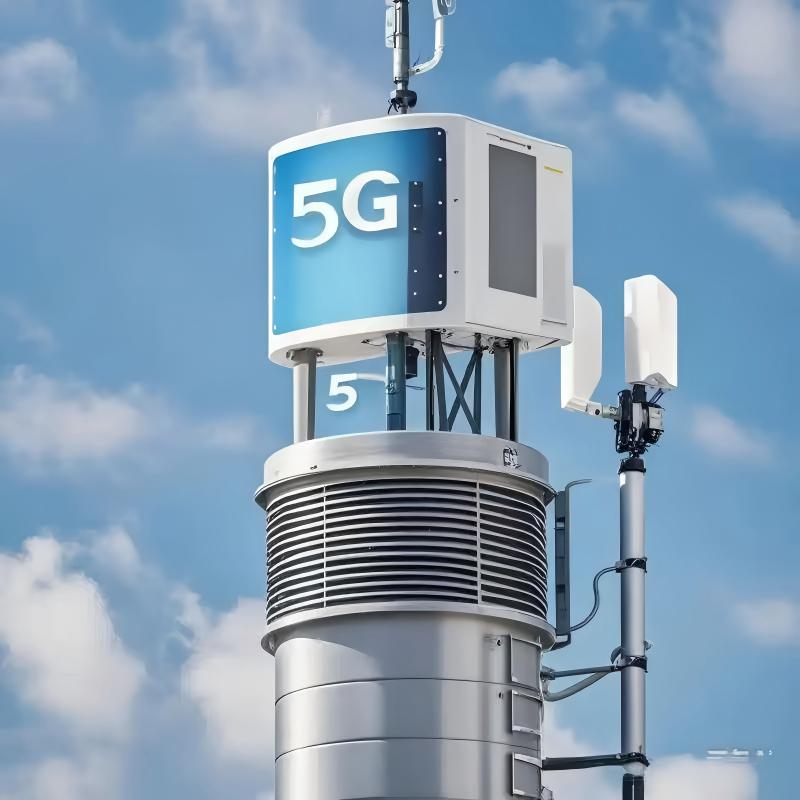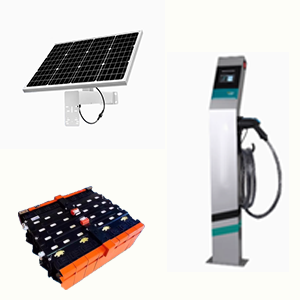Solving Common Bonding Challenges with UV Adhesives: Tips from Industry Experts
UV adhesives (ultraviolet-curing adhesives) are increasingly used in industries requiring fast, strong, and precise bonding. However, like any advanced technology, they come with unique challenges in bonding—especially when working with complex materials or in high-throughput environments.
In this post, we’ll explore the most common bonding issues with UV adhesives, and provide expert-backed tips to help you overcome them. Whether you’re in electronics, medical, optics, or automotive manufacturing, these insights can improve your bonding reliability, production speed, and product quality.
✅ What Are UV Adhesives?
UV adhesives are single-component, light-curing adhesives that harden when exposed to ultraviolet (UV) light. Popular for their fast curing times, clean application, and high bond strength, they are widely used in:
Medical device assembly
Electronics manufacturing
Optical bonding
Automotive components
Glass and plastic bonding
Keywords: UV adhesives, UV-curing glue, bonding solutions, fast curing adhesives
⚠️ Common Bonding Challenges with UV Adhesives
1. Incomplete Cure in Shadowed Areas
One of the most frequent problems occurs when UV light can’t reach all adhesive surfaces, especially in shadowed or enclosed bonding areas.
Expert Tip:
Use dual-cure UV adhesives (UV + moisture or UV + heat) for areas with limited light exposure. These formulas ensure full cure even in shaded zones.
2. Poor Adhesion on Difficult Substrates
Materials like polypropylene, polyethylene, and certain metals can resist bonding with UV adhesives due to low surface energy.
Expert Tip:
Pre-treat surfaces with plasma, corona discharge, or primers to improve surface wettability.
Choose UV adhesives specifically formulated for low-energy substrates.
3. Air Bubbles or Voids in the Bond Line
Bubbles can weaken bonds, especially in optical or electronic assemblies.
Expert Tip:
Apply adhesive slowly and evenly to avoid air entrapment.
Use vacuum dispensing or low-viscosity UV adhesives when working in precision applications.
4. Inconsistent Bond Strength
Inconsistent cure times or uneven UV exposure can result in weak or variable bond quality.
Expert Tip:
Use a calibrated UV LED curing system with consistent intensity and wavelength (typically 365–405 nm).
Maintain a constant distance and exposure time across all bond points.
5. Yellowing or Aesthetic Issues in Clear Bonds
In optical or transparent product applications, yellowing or visible residue can be problematic.
Expert Tip:
Select optically clear, non-yellowing UV adhesives designed for glass and lens bonding. Choose adhesives with UV inhibitors to prevent discoloration over time.
🛠️ Pro Tips from Industry Experts
Always match the adhesive to the application. Not all UV glues are created equal—choose based on substrate, cure depth, and stress resistance.
Monitor environmental conditions. Temperature and humidity can affect cure speed and bond quality.
Perform regular cure validation. Use a radiometer to measure UV intensity and ensure your curing equipment is operating within specs.
Train your team. Proper handling, application, and exposure techniques make a measurable difference in bonding success.
Consult your adhesive supplier. Many offer technical support and testing services to help you optimize your process.
🔍 Real-World Use Cases
Electronics Manufacturer reduced curing time by 60% using a high-intensity UV LED system and bubble-free UV adhesive.
Medical Device Company switched to dual-cure adhesives to bond inside catheter hubs where light penetration was limited.
Automotive Supplier improved bond consistency by automating UV exposure and using a surface-activated primer.
🧪 UV Adhesive Best Practices Checklist
| Step | Best Practice |
|---|---|
| Surface Preparation | Clean, degrease, and treat if necessary |
| Adhesive Selection | Match to substrate and application |
| Curing System Calibration | Use radiometers to ensure proper output |
| Process Control | Automate where possible for consistency |
| Testing & Validation | Conduct adhesion and aging tests regularly |
🚀 Future Trends in UV Bonding
The future of UV adhesive technology includes:
LED-optimized formulas (low heat, long lamp life)
Biocompatible UV adhesives for wearable and implantable devices
Smart adhesives with built-in curing indicators
AI-assisted quality control in UV bonding lines
✅ Conclusion
Solving bonding challenges with UV adhesives is a combination of using the right products, applying expert knowledge, and refining your curing process. By following the above tips and staying updated on industry innovations, manufacturers can ensure strong, clean, and consistent bonds—every time.






